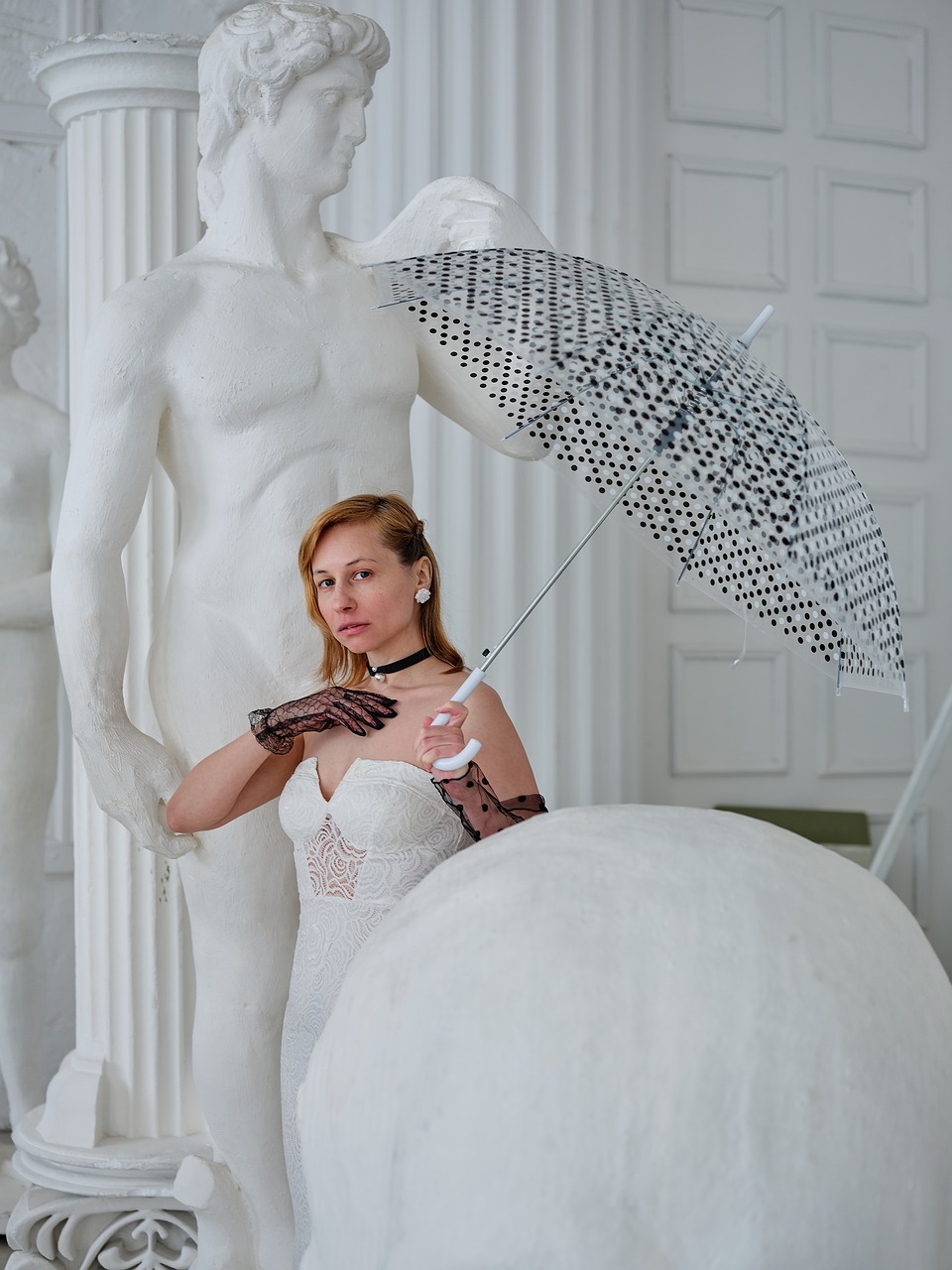Greek Mythology
-

Jason, an unconventional figure in mythology, led the Argonauts in their fabled quest for the Golden Fleece. Born to Aeson and Alcimede in Iolcus, Jason was to inherit the throne, but his half-uncle Pelias seized it. Concerned about a prophecy foretelling his downfall, Pelias sought to distance Jason, tasking him with the daunting mission of…
-

Demeter, a prominent figure in Greek mythology, is recognized as the daughter of Cronus and Rhea. She is distinctly known as the sister and partner of Zeus, the supreme deity, and stands as the goddess of agriculture. Her very name signifies her maternal role. Though she is rarely mentioned in Homer’s works and not typically…
-

Hades, known as Haides in Greek mythology, occupies a prominent position as the ruler of the Underworld and god associated with death. He oversees the protocols governing burial rites and ensures that the deceased receive proper memorials. In addition to his dominion over the dead, Hades represents the concealed riches of the earth, ranging from…
-

A user-generated gallery showcases a variety of representations of the deity Apollo from both Greek and Roman mythology. Recognized as the offspring of Zeus and the twin brother of Artemis, Apollo embodies roles such as the god of music, healing, and light. This exhibition offers diverse interpretations of Apollo through the ages. One highlight is…
-

The tale of Orpheus and Eurydice epitomizes tragic romance, celebrated as one of the most renowned myths in Greek mythology. Its profound narrative has motivated remarkable artists, including notable figures like Peter Paul Rubens and Nicolas Poussin, and has influenced a range of operas, songs, and theatrical productions dedicated to this ill-fated couple, who were…
-

Hephaestus: The God of Fire and Craftsmanship Hephaestus, known in Greek as Hêphaistos, is the Olympian deity representing fire, metalworking, stonemasonry, and sculpture. Commonly portrayed as a bearded figure wielding tools of the trade—such as a hammer and tongs—he is also sometimes depicted riding a donkey, which adds a unique aspect to his character. MYTHOLOGICAL…
-

The Various Portrayals of Zeus in Art In the realm of Greek mythology, Zeus reigns supreme as the most powerful deity among the pantheon of gods. The deeper question arises: how did artists throughout history choose to envision this iconic figure? What characteristics would embody Zeus’s authority and significance? An exploration into various artistic representations…
-

Greek mythology encompasses a rich tapestry of tales related to deities, heroes, and ancient rituals practiced by the Greeks, dating back to Classical antiquity. While figures like Plato recognized the fictional elements within these myths, they were primarily accepted as factual by the common people. Greek mythology has left a lasting impact on Western arts…
-

The term “labyrinth” refers to a complex network of paths and dead ends, originating from ancient Greek and Roman architecture. These structures, often underground, were designed in such a way that escaping from them was quite challenging. During the European Renaissance and onward, the concept of a labyrinth evolved, appearing in formal gardens characterized by…
-

The tale of Orpheus and Eurydice stands as the quintessential tragic romance. A renowned Greek myth, it has influenced countless artists, including esteemed painters like Peter Paul Rubens and Nicolas Poussin. Additionally, a multitude of operas, songs, and plays have been composed to pay tribute to the two star-crossed lovers who lost the opportunity to…


